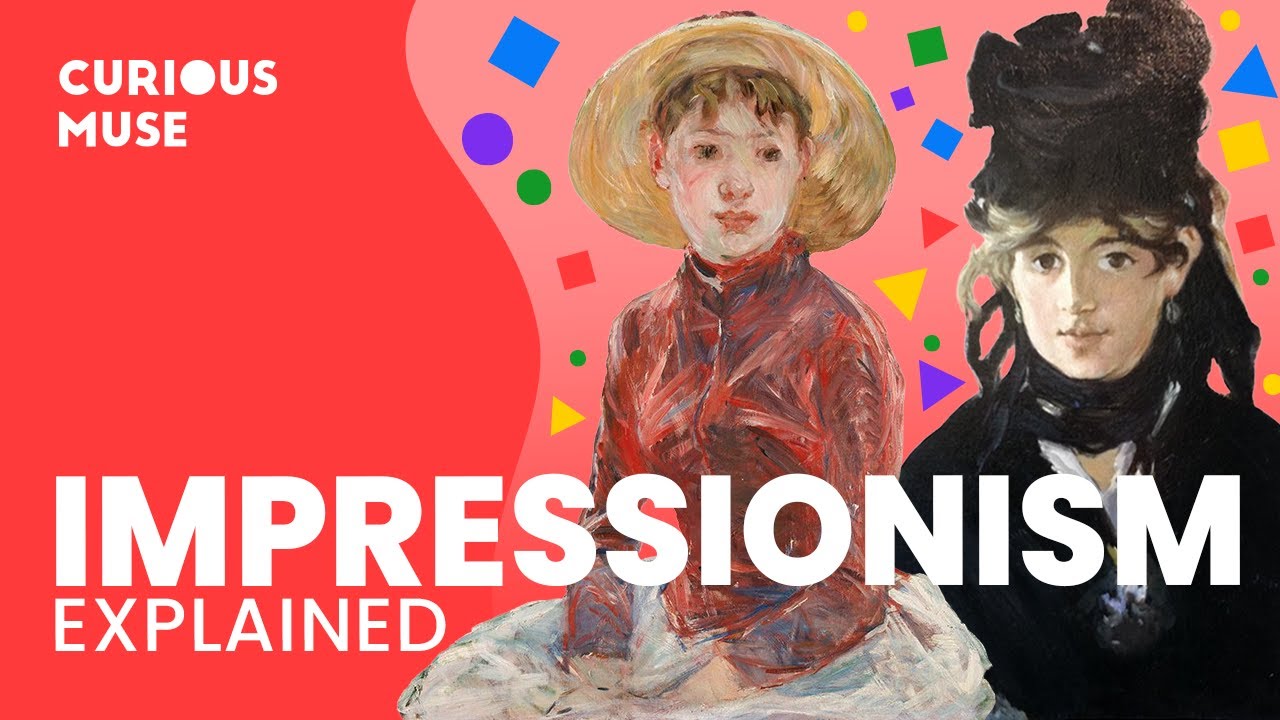ARTS 10 / IMPRESSIONISM: 20TH CENTURY ART MOVEMENT / QUARTER 1 / MODULE 2
Summary
TLDRThis video lesson explores Impressionism, a 19th-century art movement focused on capturing light, color, and movement through visible brushstrokes and outdoor painting. Students will learn about its key characteristics, such as the emphasis on everyday subjects, unusual visual angles, and the use of natural light. The video highlights the works of famous Impressionist artists like Claude Monet, Pierre-Auguste Renoir, and Édouard Manet, detailing their contributions to the evolution of art. Activities allow students to apply Impressionist techniques in creating their own artwork, with rubrics for originality, creativity, and impact.
Takeaways
- 😀 Impressionism is a 19th-century art movement that emphasized light, color, and the portrayal of ordinary life.
- 😀 Key features of Impressionism include visible brushstrokes, open composition, and the depiction of light’s changing qualities.
- 😀 Famous Impressionist artists include Claude Monet, Pierre-Auguste Renoir, Édouard Manet, Camille Pissarro, and Alfred Sisley.
- 😀 Impressionists preferred painting outdoors to capture the natural light and avoid the limitations of studio work.
- 😀 Impressionist artists believed photography was changing art, leading them to create a new approach that focused on perception over accuracy.
- 😀 Claude Monet, known as the father of Impressionism, sought to capture the essence of nature through light, as seen in works like 'Impression, Sunrise.'
- 😀 Renoir focused on beauty and sensuality, especially of women, with works such as 'Luncheon of the Boating Party' and 'Girls at the Piano.'
- 😀 Édouard Manet’s controversial works, like 'The Luncheon on the Grass,' marked the start of Modern Art and the transition to Impressionism.
- 😀 Camille Pissarro was a key figure who contributed to both Impressionism and Post-Impressionism, acting as a mentor to later artists.
- 😀 The Impressionists used techniques like optical color mixing, avoiding black paint, and emphasizing blue shadows to create freshness in their paintings.
Q & A
What is Impressionism as an art movement?
-Impressionism was a 19th-century art movement characterized by small, thin brush strokes, open composition, and an emphasis on the accurate depiction of light and its changing qualities. It often focused on ordinary subjects and the effects of time, movement, and light on scenes.
Why did Impressionist artists start painting outdoors?
-Impressionist artists began painting outdoors to better capture the ever-changing effects of natural light on color. They believed that outdoor settings allowed them to observe and record the subtle variations of light that couldn't be replicated in a studio setting.
What are some key characteristics of Impressionist painting?
-Key characteristics of Impressionist painting include visible brush strokes, the use of light and color to convey the changing qualities of light, everyday subject matter like landscapes and ordinary scenes, and an open composition that often extended beyond the frame.
How did Impressionist painters use color in their works?
-Impressionist painters used pure and mixed colors side by side, avoiding excessive mixing. The optical mixing of colors occurred in the viewer's eye, creating vibrant, dynamic visual effects. They also emphasized the reflection of light and color between objects.
Who were some of the prominent Impressionist artists mentioned in the transcript?
-Prominent Impressionist artists mentioned include Claude Monet, Pierre-Auguste Renoir, Édouard Manet, Camille Pissarro, and Alfred Sisley.
How did Claude Monet contribute to Impressionism?
-Claude Monet was a founder of Impressionist painting and was key in expressing the movement's philosophy of capturing one's perceptions of nature. He focused on painting landscapes outdoors and is best known for works like 'Impression Sunrise' and 'Woman with a Parasol.'
What was the significance of the term 'Impressionism'?
-The term 'Impressionism' was coined from the title of Claude Monet's painting 'Impression, Sunrise,' which critics initially mocked. The term came to define a movement focused on capturing fleeting moments of light and atmosphere, rather than detailed, realistic depictions.
What were some of the common subjects in Impressionist art?
-Common subjects in Impressionist art included everyday scenes such as household objects, cafes, landscapes, seascapes, and outdoor views. The artists also focused on the effects of light on these subjects, often painting them at different times of the day or under varying weather conditions.
How did Impressionist artists view the role of photography in art?
-Impressionist artists felt that photography was ruining the art of painting because it focused too much on accurate representation. They believed there was a need to create a new style that expressed personal perceptions and the subjective experience of a scene rather than focusing on precise, realistic detail.
What was the contribution of Camille Pissarro to both Impressionism and Post-Impressionism?
-Camille Pissarro was important in both Impressionism and Post-Impressionism. He was the only artist to exhibit his work in all eight Paris Impressionist exhibitions from 1874 to 1886 and was a father figure to artists like Cézanne, Van Gogh, and Seurat. His contributions bridged the gap between these two movements.
Outlines

This section is available to paid users only. Please upgrade to access this part.
Upgrade NowMindmap

This section is available to paid users only. Please upgrade to access this part.
Upgrade NowKeywords

This section is available to paid users only. Please upgrade to access this part.
Upgrade NowHighlights

This section is available to paid users only. Please upgrade to access this part.
Upgrade NowTranscripts

This section is available to paid users only. Please upgrade to access this part.
Upgrade Now5.0 / 5 (0 votes)





